Engineers have had to use many different types of op amps in their designs. Some designs require high voltage, some require very low noise, some need high stability, others need low power consumption, and on and on. Choosing Operational amplifier chip that’s suitable for your design can be tricky and time consuming. So in this article I have
I use Op amps in nearly every analog design and I have a few that I consider my workhorse go to parts for most of the designs. If you are new to Op amps, read : Operational Amplifier basics : Working and Applications. This will help you get started.
Types of Op amps
Basically there are two types of Op amps – voltage feedback types and current feedback types. Most designs use voltage feedback as their method of operation. Of the voltage feedback types of op-amps, there are three main types that are specified by their input devices. The first one uses BJTs (Bipolar Junction Transistors) for the differential input pair. The second uses JFETs (Junction Field Effect Transistors) for their differential input pair. The third type uses CMOS (Complementary Metal–Oxide–Semiconductor transistors) for their differential input pair.
Operational amplifier packages
Operational amplifiers are usually packaged in three ways, single, dual and quad packaged IC’s. As a designer you have to pick which type of package is the best fit for the circuit you are designing. A design that requires four op-amps could use a quad op-amp package which comes in a standard 14-pin, DIP (Dual In-line Package), SOIC (Small Outline Integrated Circuit), and various other 14-pin configurations such as TSSOP, etc.
My three favorite op-amps are:
- LM358, LM324, dual and quad, BJT type;
- TL081,TL082, TL084, single, dual and quad
- JFET type, and the MCP6021, MCP6022, MCP6024, single, dual and quad, CMOS type.
Each type has characteristics that make it more desirable to use in certain applications.
Applications and choice of Op Amp for design
For Oscillators, Buffers, invertors, comparators, precision voltage and current regulator circuits
I use the LM358 or LM324 for low-cost, PWM switching oscillators, buffers, invertors, comparators, and precision voltage and current regulator circuits. The LM358, LM324 op-amps feature operation from a single supply with inputs that are linear down to zero volts. They can also be used with split supplies, up to +/- 18 volts and work very well in precision voltage regulator circuits. Their input bias currents are higher compared with JFET and CMOS type op-amps. The designer must make sure the input resistance for the + and – inputs are equal to reduce input offset errors due to the bias currents. They do have some crossover distortion and so they are not
ideal for audio applications.
For Audio amplifiers and audio circuits
For low noise audio amplifier circuits in stereos, guitar amplifiers, and other audio applications, I use the TL08X series of JFET op-amps. These op-amps feature low noise, low input bias currents, work well with up to +/- 15 volt power supplies. It have output stages biased to produce very low crossover distortion. This results in clean, low distortion audio amplification. One of the trade-offs is that they need split power supplies and the inputs are not linear 1.5 volts from the rail voltages. They work great from 0 to 1.5 volts of power supply voltages. For audio signal levels this is not a problem.
Sensor signal processing, biometric signal amplification circuits
The newest and my favorite type of op-amp is the MCP602X family. They feature RRIO (Rail-to-Rail Input Output) linearity, vanishingly small (1 pico-amp) input bias current. The input impedance of 1013 ohms, a slew rate of 7V/uSEC and THD (Total Harmonic Distortion) of 0.00053 %! These specs are amazing. The inputs and outputs are linear from rail-to-rail. The biggest drawback is that it only works on a maximum power supply voltage of 5.5 volts.
This means that signals will have a maximum peak output level of +/- 2.4 volts based an a 5 volt supply. This isn’t a problem for audio signal processing, sensor signal processing, biometric signal amplification (EKG’s, EEG’s, etc), or other interface amplification applications. This family of op-amps costs a bit more, but the performance advantages are absolutely worth it.

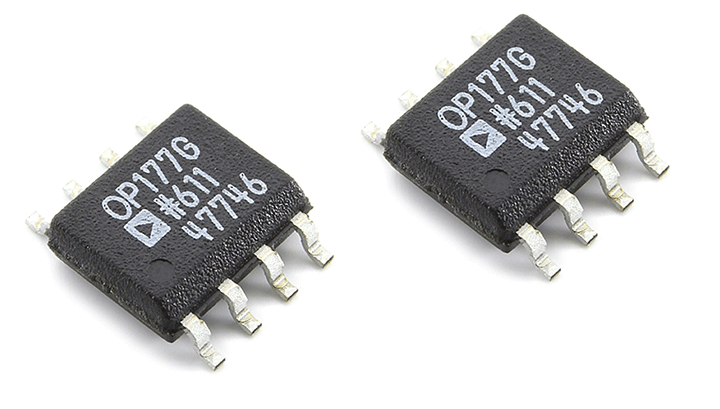
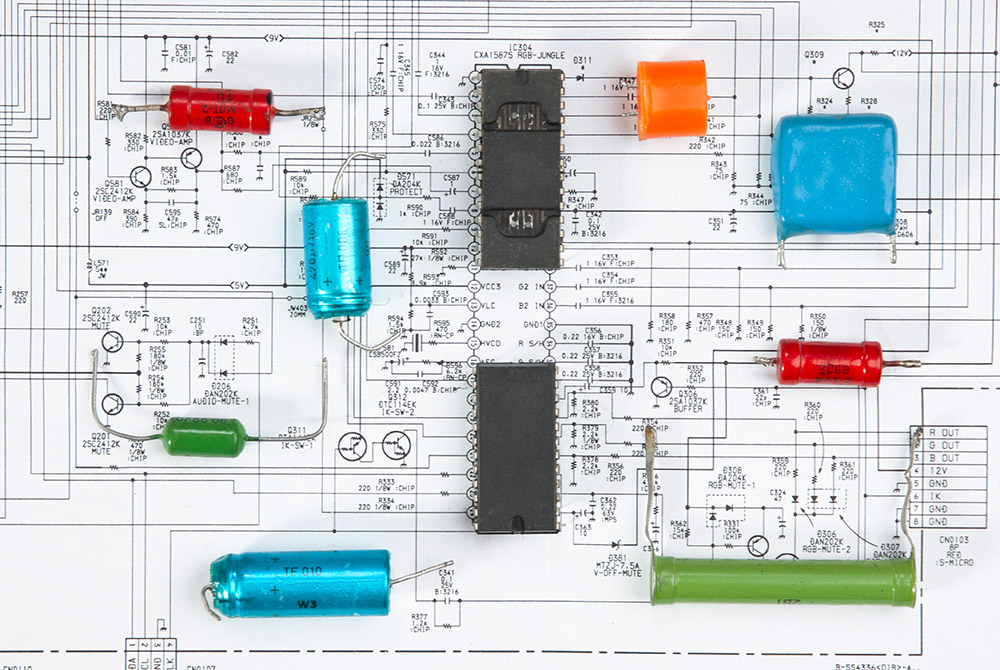
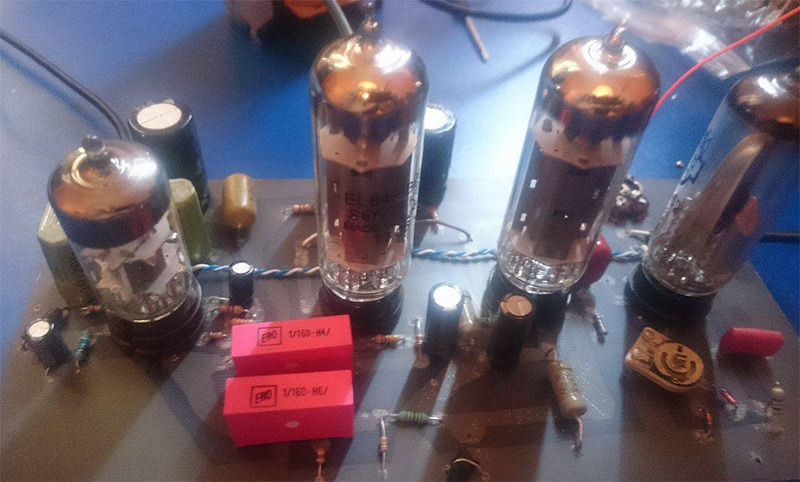
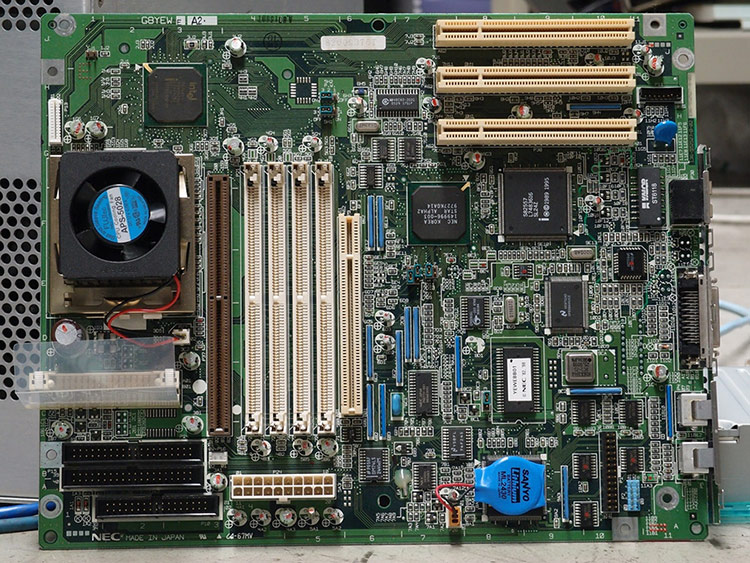
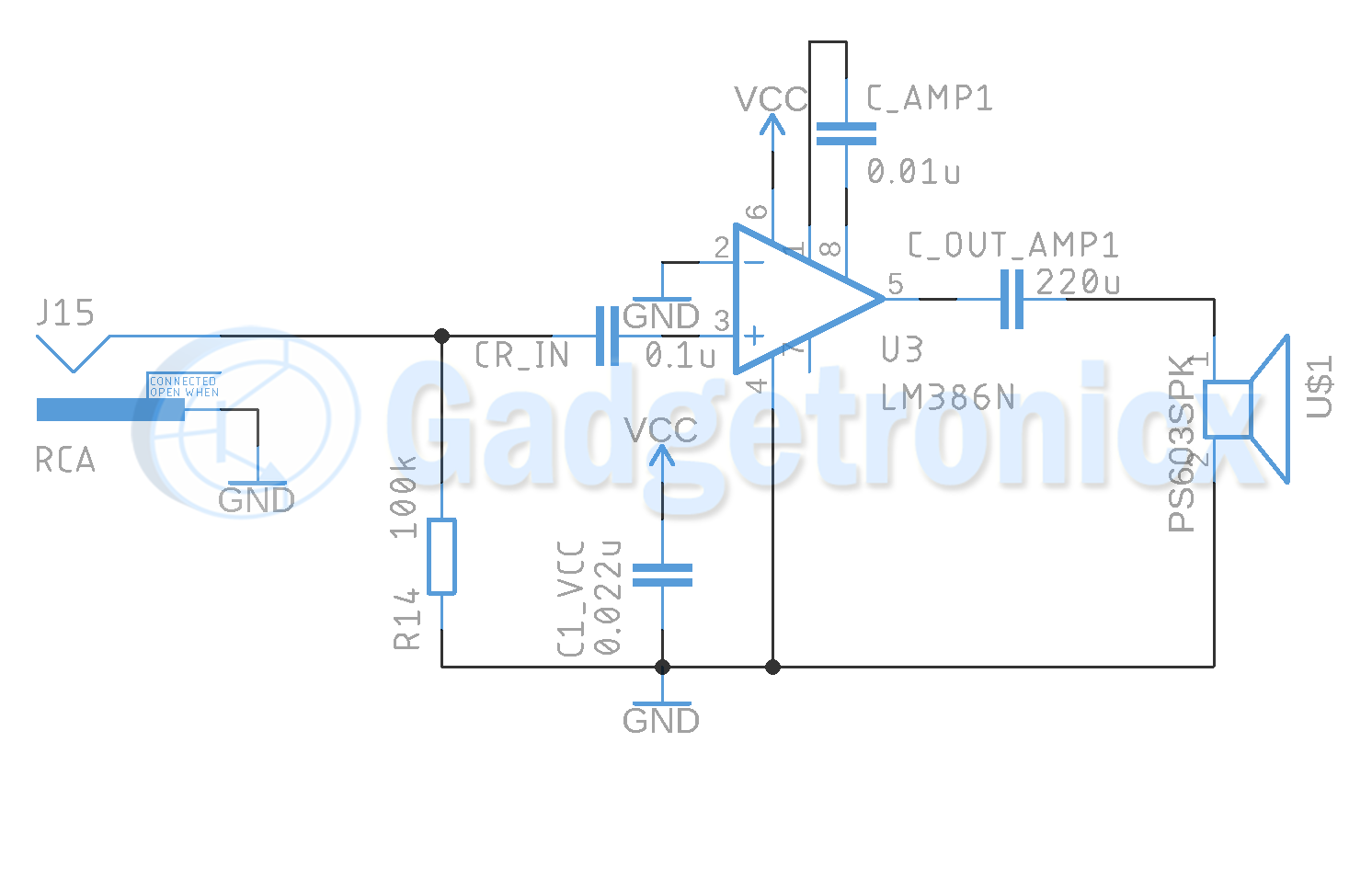

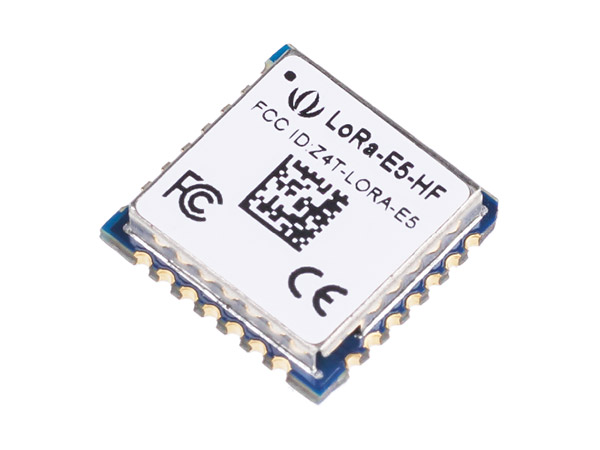
![Opamp vs Comparator [ Difference explained ] opam vs comparator](https://www.gadgetronicx.com/wp-content/uploads/2019/02/opam-vs-comparator.png)